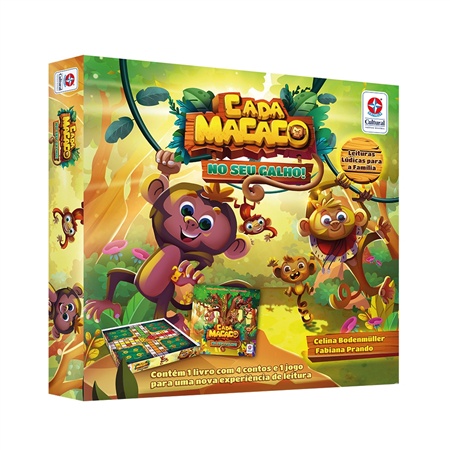Foods, Free Full-Text
Por um escritor misterioso
Last updated 09 maio 2024
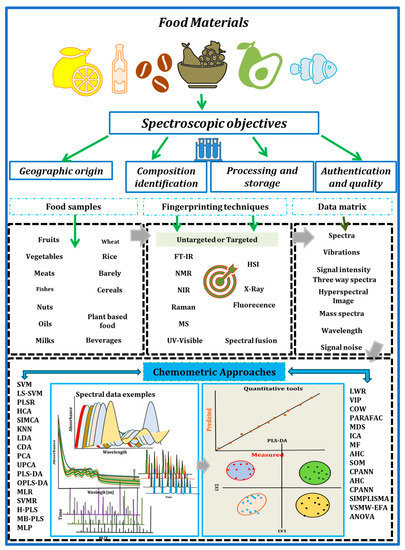
In today’s era of increased food consumption, consumers have become more demanding in terms of safety and the quality of products they consume. As a result, food authorities are closely monitoring the food industry to ensure that products meet the required standards of quality. The analysis of food properties encompasses various aspects, including chemical and physical descriptions, sensory assessments, authenticity, traceability, processing, crop production, storage conditions, and microbial and contaminant levels. Traditionally, the analysis of food properties has relied on conventional analytical techniques. However, these methods often involve destructive processes, which are laborious, time-consuming, expensive, and environmentally harmful. In contrast, advanced spectroscopic techniques offer a promising alternative. Spectroscopic methods such as hyperspectral and multispectral imaging, NMR, Raman, IR, UV, visible, fluorescence, and X-ray-based methods provide rapid, non-destructive, cost-effective, and environmentally friendly means of food analysis. Nevertheless, interpreting spectroscopy data, whether in the form of signals (fingerprints) or images, can be complex without the assistance of statistical and innovative chemometric approaches. These approaches involve various steps such as pre-processing, exploratory analysis, variable selection, regression, classification, and data integration. They are essential for extracting relevant information and effectively handling the complexity of spectroscopic data. This review aims to address, discuss, and examine recent studies on advanced spectroscopic techniques and chemometric tools in the context of food product applications and analysis trends. Furthermore, it focuses on the practical aspects of spectral data handling, model construction, data interpretation, and the general utilization of statistical and chemometric methods for both qualitative and quantitative analysis. By exploring the advancements in spectroscopic techniques and their integration with chemometric tools, this review provides valuable insights into the potential applications and future directions of these analytical approaches in the food industry. It emphasizes the importance of efficient data handling, model development, and practical implementation of statistical and chemometric methods in the field of food analysis.
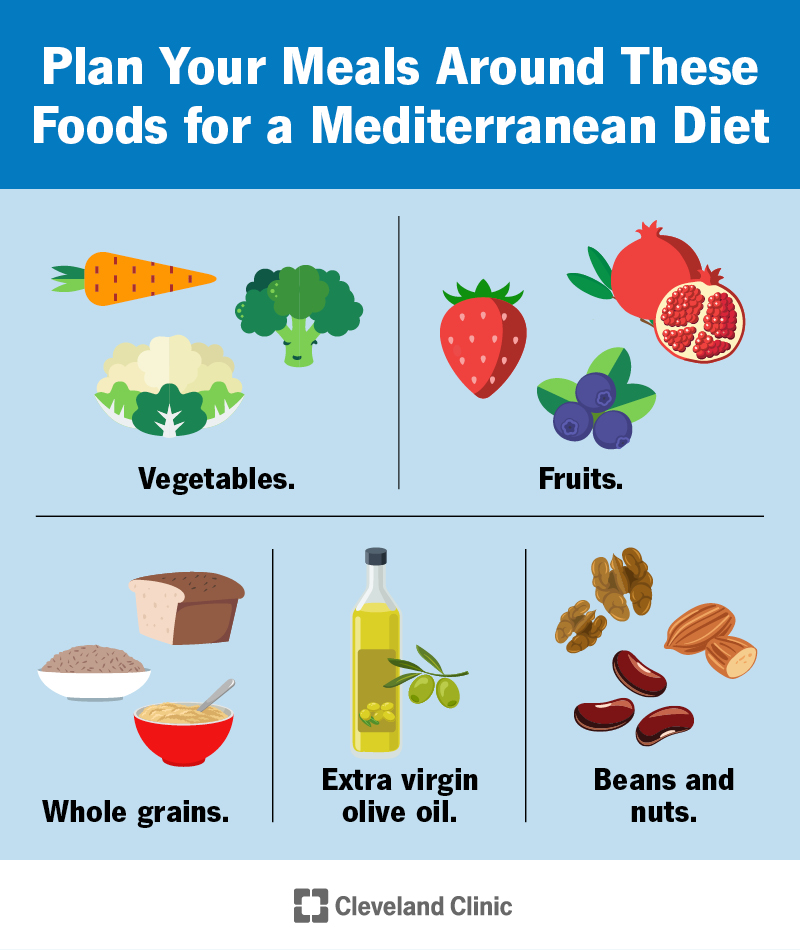
Mediterranean Diet
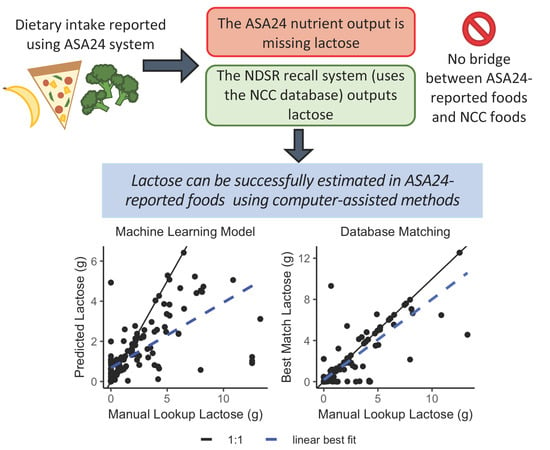
Food Nutrients Database - Colaboratory

Party Food Ideas for Feeding a Crowd on the Cheap! - Fun Cheap Or

Freedom Foods Gluten Free All Around Cereal, Original, 8.8 Oz

Open Farm Grain Free Surf and Turf Recipe Freeze Dried Raw Dog Food Pa

Consumers' growing appetite for natural foods: Perceptions towards

Infographics : The Hartman Group
Delicately Sweet, Crispy And Full Of Vanilla, These Organic Wafers Make Dessert Better In So Many Ways-Crunched Up As A Crust For Cheesecake, Layered

365 by Whole Foods Market, Organic Vanilla Wafers, 9 Ounce

Private Label Whole Food Vitamin D Lozenge
Recomendado para você
-
 Truco Online Grátis: Montilla, UOL, Jogatina E Multiplayer09 maio 2024
Truco Online Grátis: Montilla, UOL, Jogatina E Multiplayer09 maio 2024 -
Jackpot Party Casino Slots – Apps no Google Play09 maio 2024
-
Eu sou uma banana #jogos #jogosdetabuleiro #diversao #amigos #memes #e09 maio 2024
-
It's the sorry for us #fallguys #xbox09 maio 2024
-
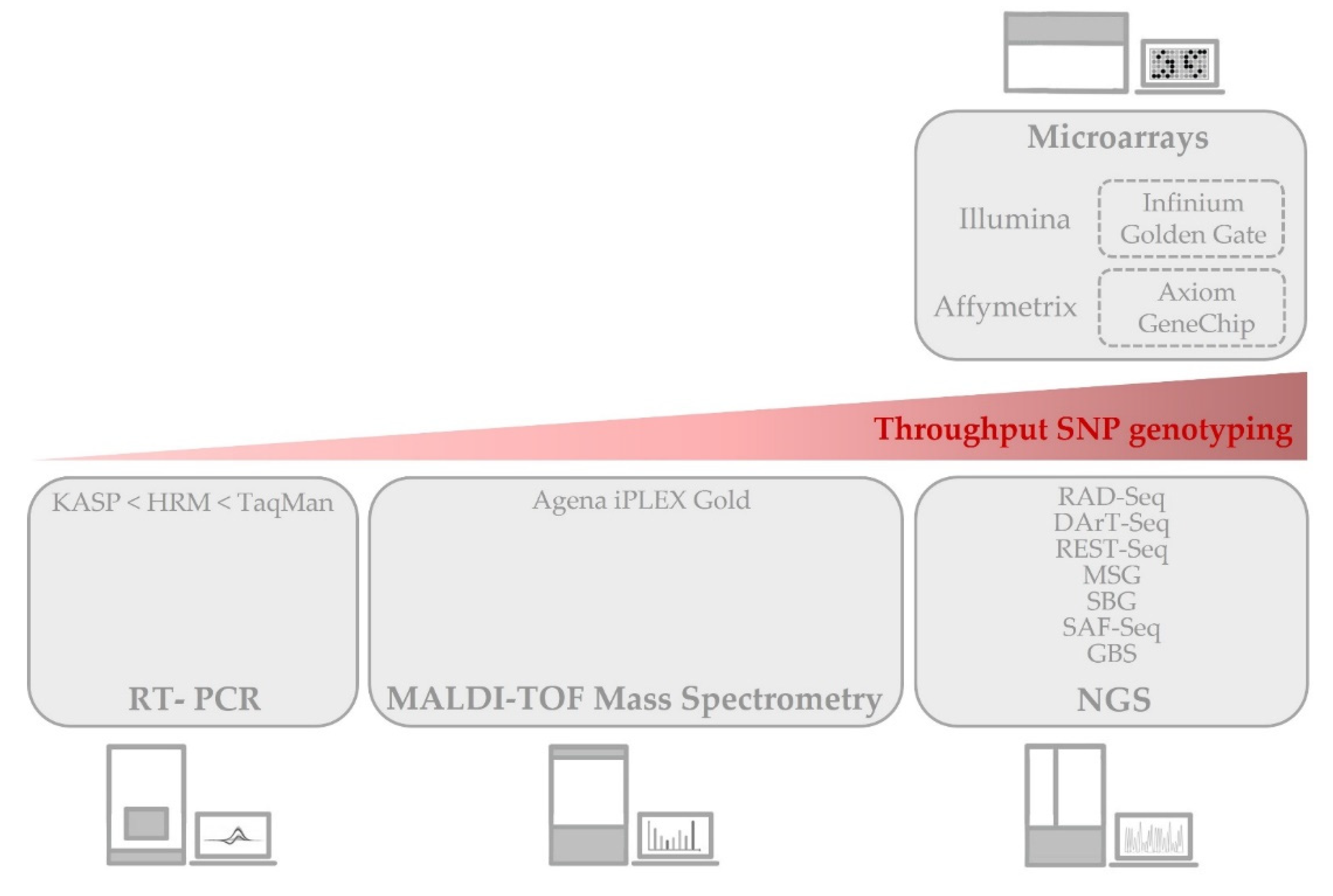 IJMS, Free Full-Text09 maio 2024
IJMS, Free Full-Text09 maio 2024 -
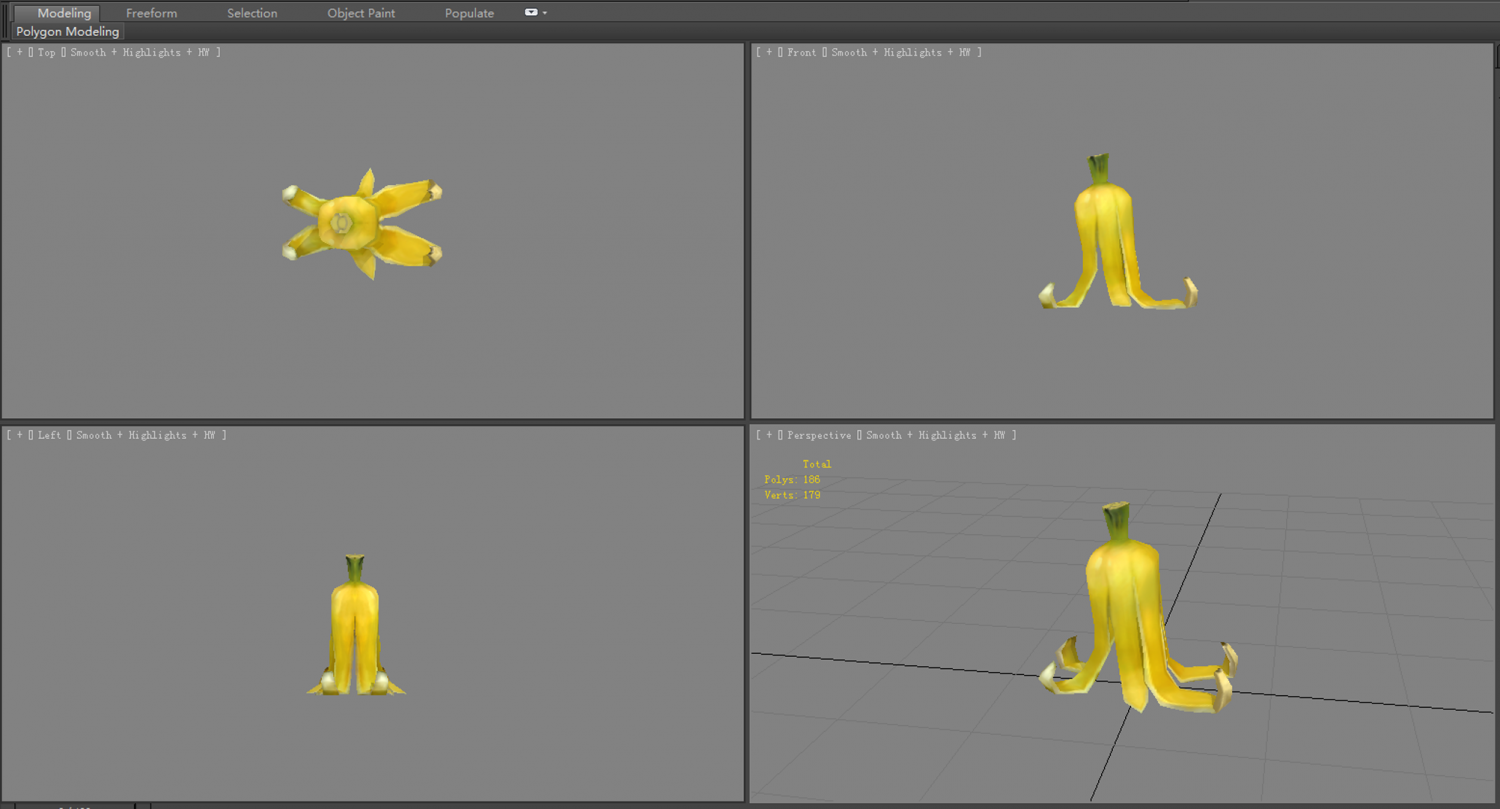 cartoon banana peel - upright 3D Model in Fruit 3DExport09 maio 2024
cartoon banana peel - upright 3D Model in Fruit 3DExport09 maio 2024 -
These freaking banana's always come in at the worst time. #fallguys #f09 maio 2024
-
Bacana Games: Buraco & Slots – Apps no Google Play09 maio 2024
-
jogo grok comunicacao nao violenta e empatia em Promoção na Shopee Brasil 202309 maio 2024
-
 Crochet Pooh Bear Plushie Keychain 100% Cotton Blend Cute - Denmark09 maio 2024
Crochet Pooh Bear Plushie Keychain 100% Cotton Blend Cute - Denmark09 maio 2024
você pode gostar
-
 Dig! Dig! Dig! — The Secret Treehouse09 maio 2024
Dig! Dig! Dig! — The Secret Treehouse09 maio 2024 -
 A FILM TO REMEMBER: “THE LORD OF THE RINGS: THE RETURN OF THE KING09 maio 2024
A FILM TO REMEMBER: “THE LORD OF THE RINGS: THE RETURN OF THE KING09 maio 2024 -
 WATCH: Co-Ed Group CHECKMATE Return As A Quartet With “You” MV09 maio 2024
WATCH: Co-Ed Group CHECKMATE Return As A Quartet With “You” MV09 maio 2024 -
 Fan Reactions to Ismael Cruz Córdova in 'The Rings of Power' Are Finally Here09 maio 2024
Fan Reactions to Ismael Cruz Córdova in 'The Rings of Power' Are Finally Here09 maio 2024 -
 Buddha in stock right now : r/bloxfruits09 maio 2024
Buddha in stock right now : r/bloxfruits09 maio 2024 -
 Starblast IO - Play Game Online09 maio 2024
Starblast IO - Play Game Online09 maio 2024 -
 An immortal two tab corner base that doesn't need any walls : r/Zombsio09 maio 2024
An immortal two tab corner base that doesn't need any walls : r/Zombsio09 maio 2024 -
 Magi: The Kingdom of Magic (Season 2 Part 1) - Official Trailer09 maio 2024
Magi: The Kingdom of Magic (Season 2 Part 1) - Official Trailer09 maio 2024 -
 EVOLUÇÃO DO THE FIGURE ! {DOORS} (Evolution of Doors The Figure) ALL MONSTER, MORPHS E JUMPSCARE!09 maio 2024
EVOLUÇÃO DO THE FIGURE ! {DOORS} (Evolution of Doors The Figure) ALL MONSTER, MORPHS E JUMPSCARE!09 maio 2024 -
 Love Tester - Jogo Grátis Online09 maio 2024
Love Tester - Jogo Grátis Online09 maio 2024



